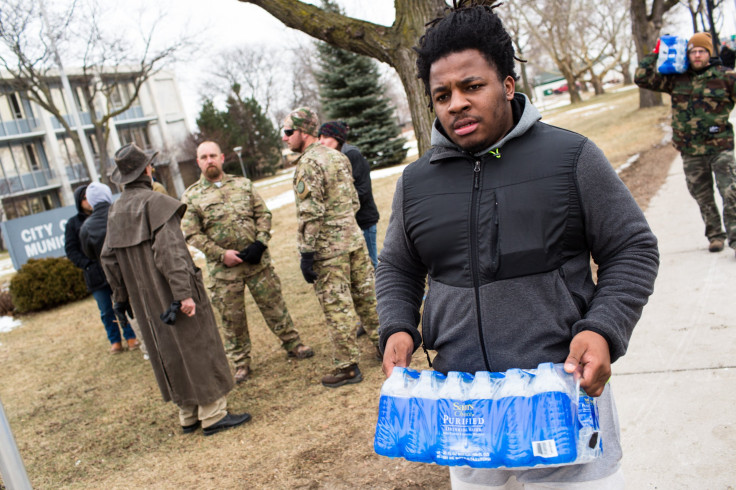The Next Flint? Lead Found in Water In East Chicago, Indiana

Three years after the water contamination crisis in Flint, Michigan made headlines across the United States, a small city in Indiana has experienced a similar problem with toxic levels of lead in its water supply. Soil testing in East Chicago, Indiana revealed high levels of the heavy metal toxin in the tap water supplied to its 29,000 residents.
The Natural Resources Defense Council, the same organization that filed requests on behalf of Flint, petitioned the Environmental Protection Agency Thursday to issue an emergency order about the contamination and do more to address it. Since finding the high levels of lead, the EPA has provided bottled water and water filters to only 43 homes in East Chicago. The city, located near the border of Indiana and Ohio near downtown Chicago is comprised of mostly Hispanic and black residents.
“We shouldn’t be left drinking poison while officials ponder away at long-term solutions,” said Sherry Hunter, a resident who was part of the NRDC’s petition. “If the city and state cannot help us quickly, it is time for the federal government to help its citizens.”
The situation in East Chicago closely mirrors that of Flint in 2014, when officials switched the city’s water supply to a corrosive source in an effort to save money. Studies conducted the following year showed children in Flint had elevated levels of lead in their blood.
EPA officials said the problems in East Chicago were different than what happened in Flint and that East Chicago was considered to have complied with associated laws, the Chicago Tribune reported.
The city has requested more than $3 million in state funding to replace its lead pipes. Officials had also begun to improve treatment of water in the city, though it could be months before any results are available.
East Chicago is the latest but far from the only area in the U.S. where contaminated water supplies are a problem. A study released in December 2016 showed that more than 3,000 areas throughout the country had levels of lead in their water supply that were twice as high as those recorded during the peak of the Flint crisis.

© Copyright IBTimes 2025. All rights reserved.






















